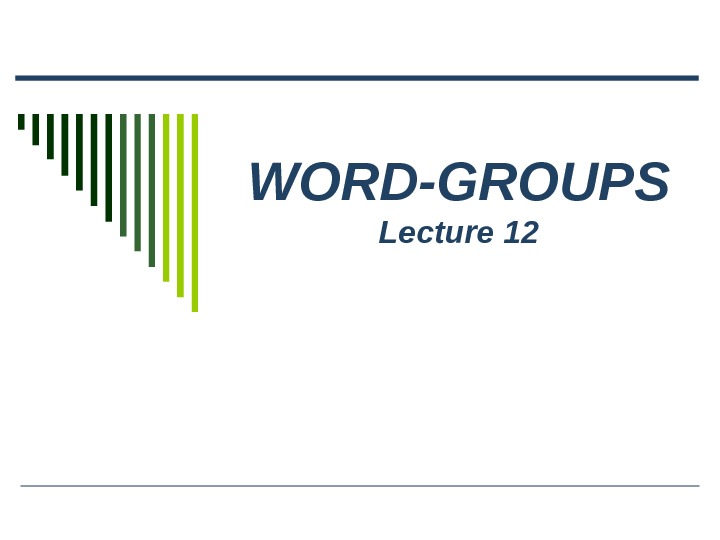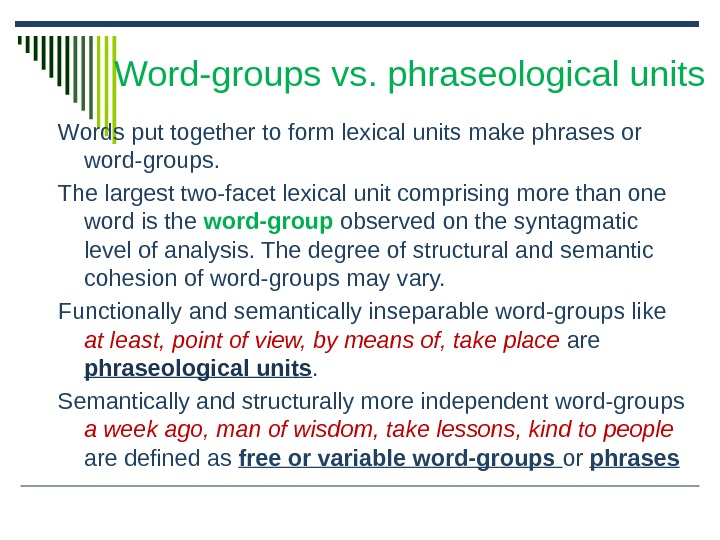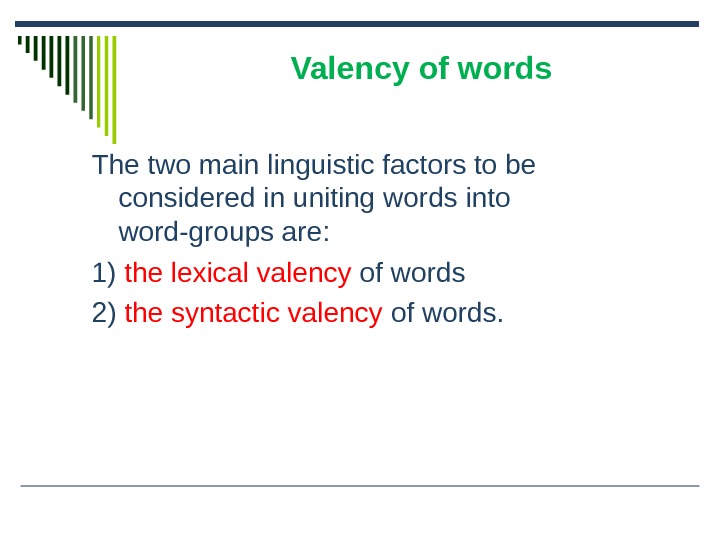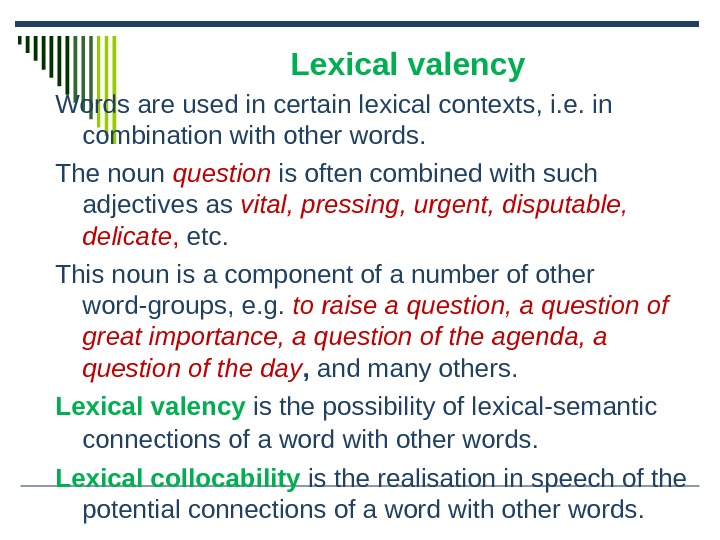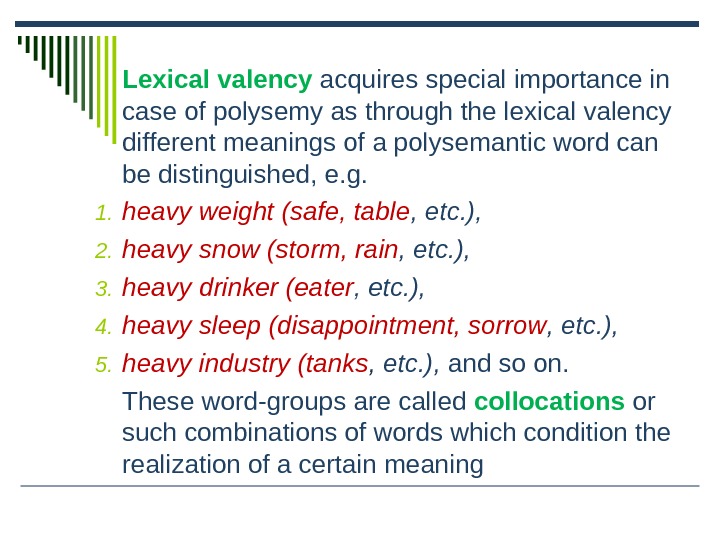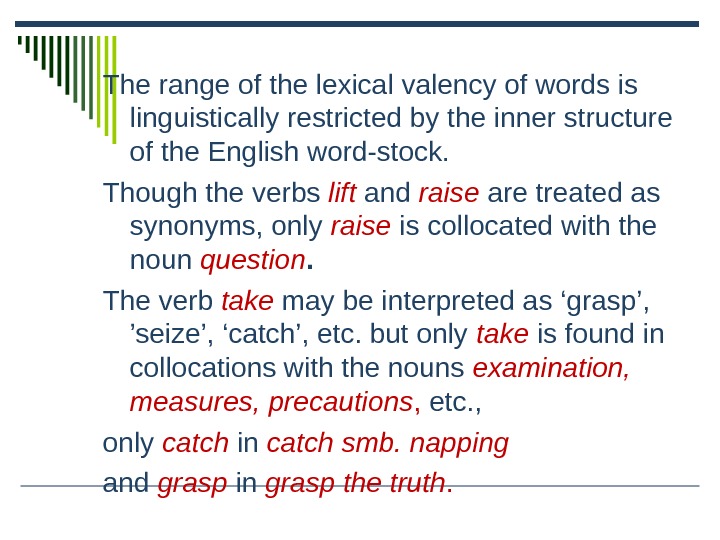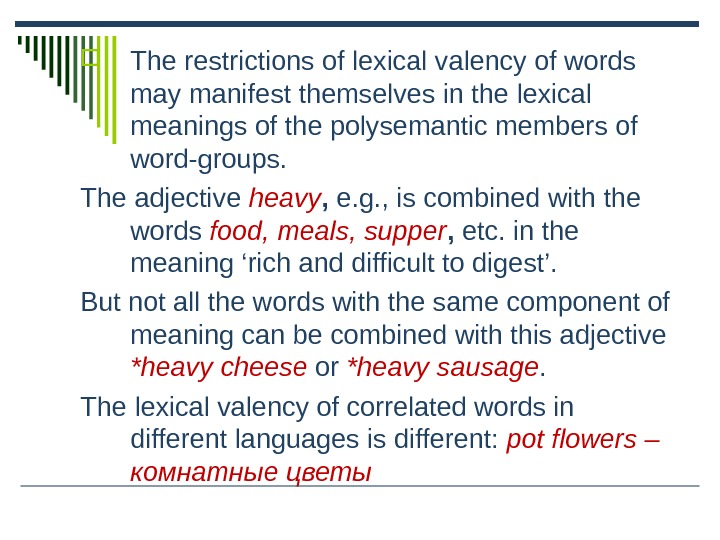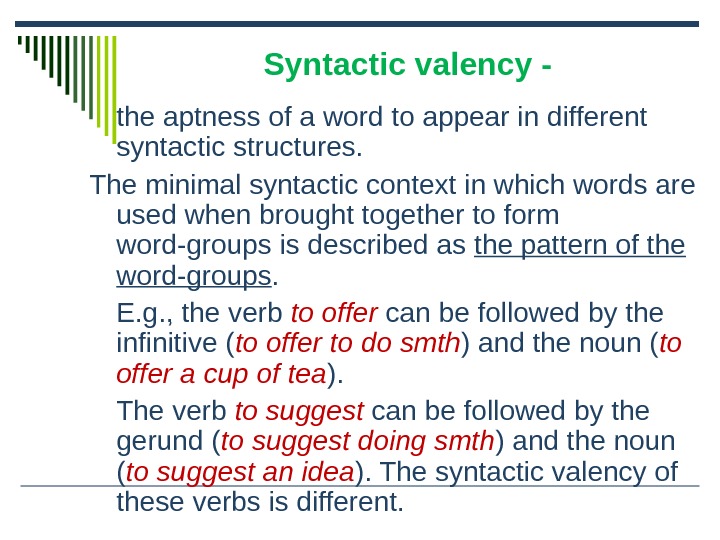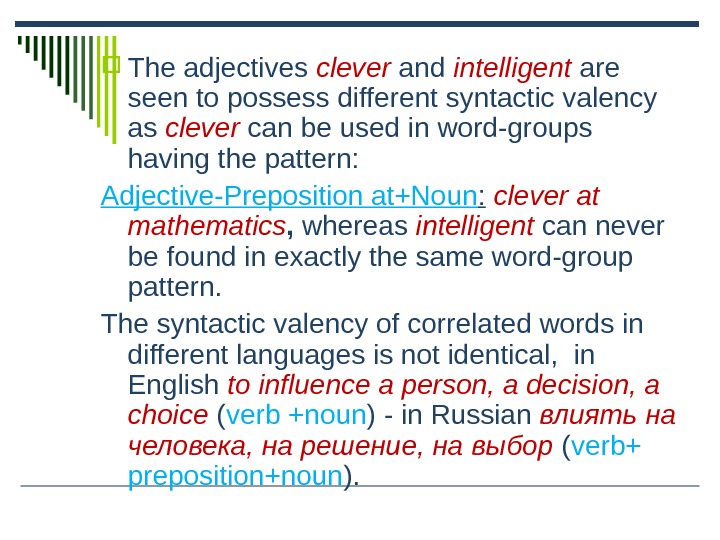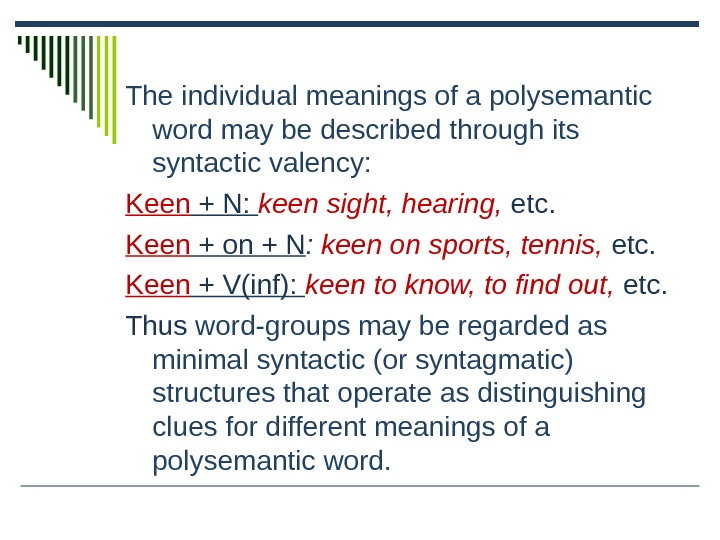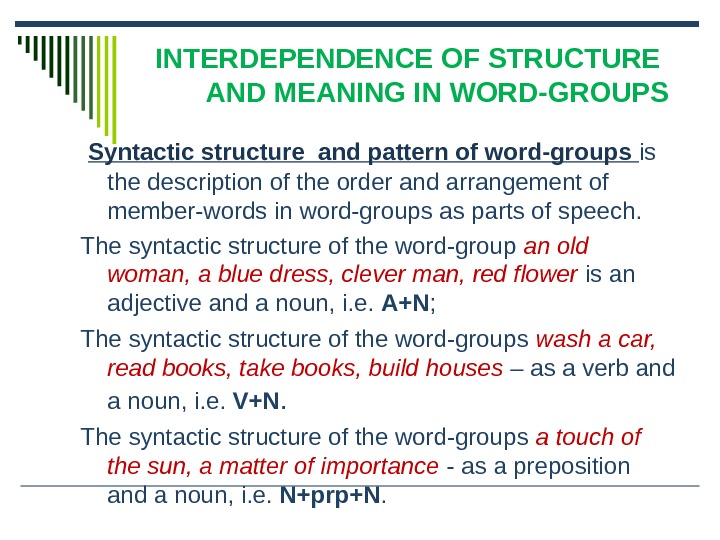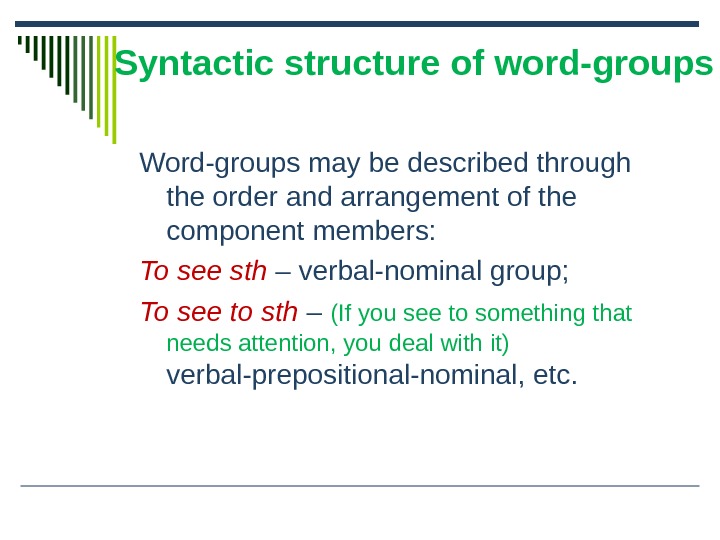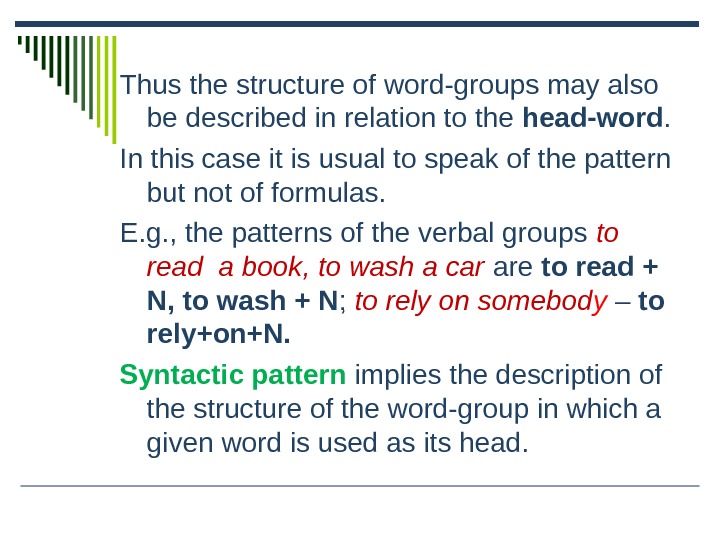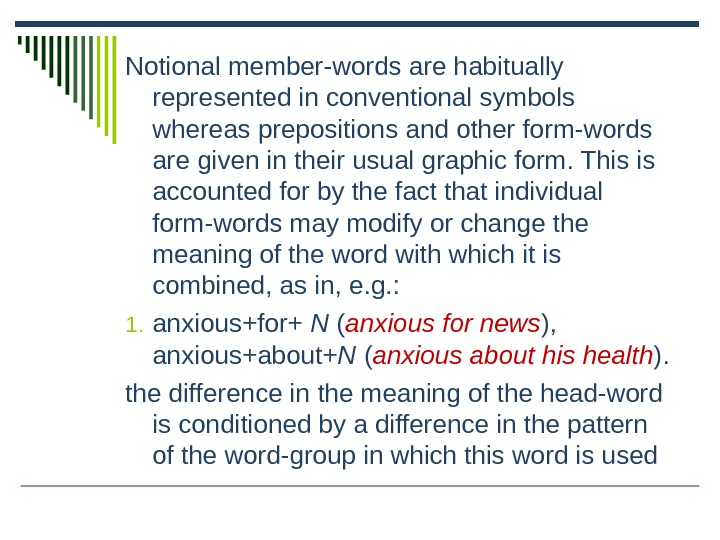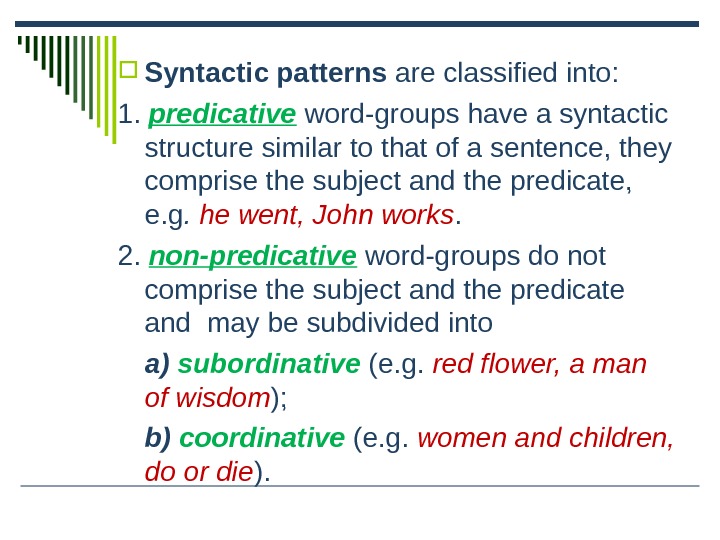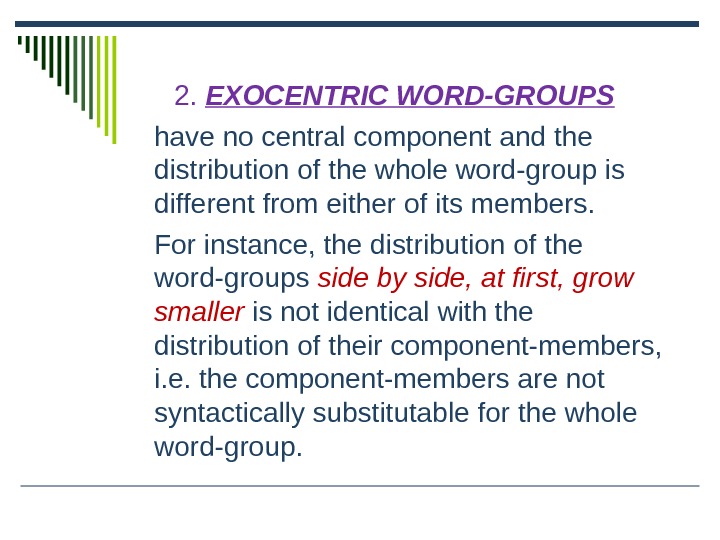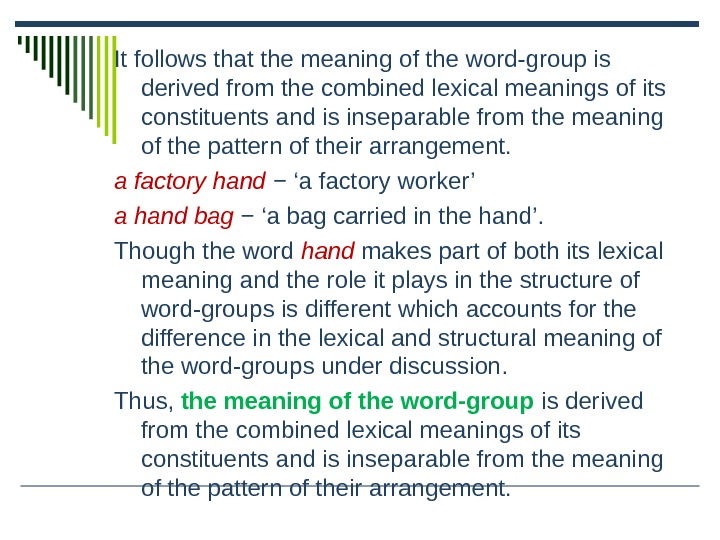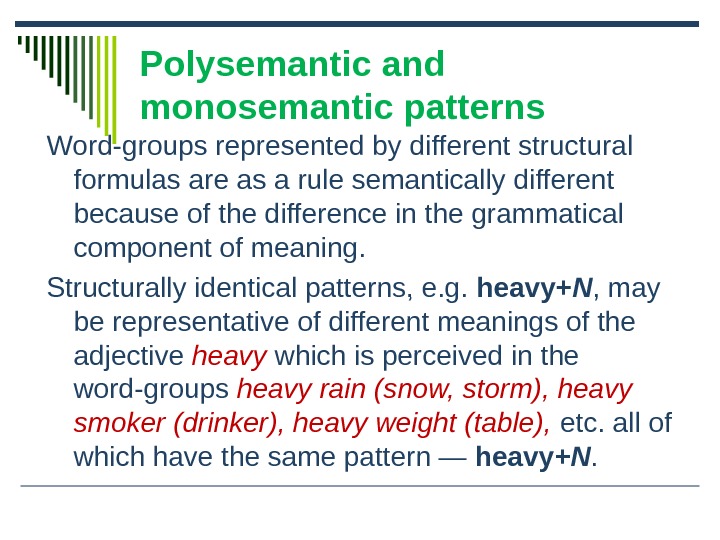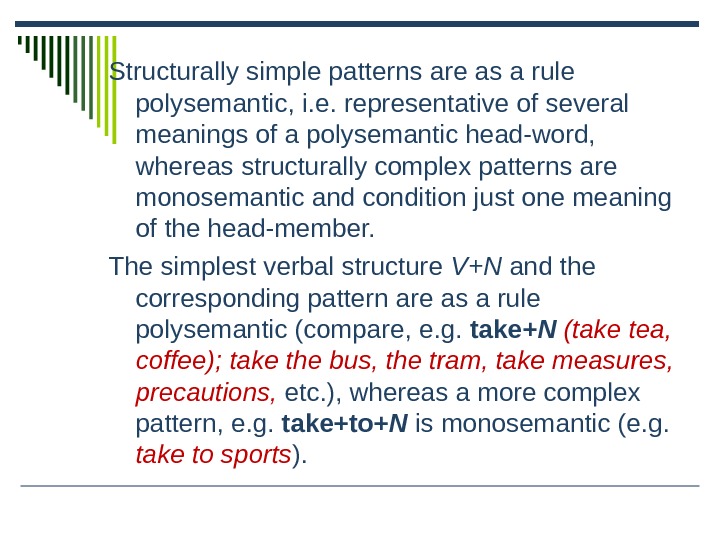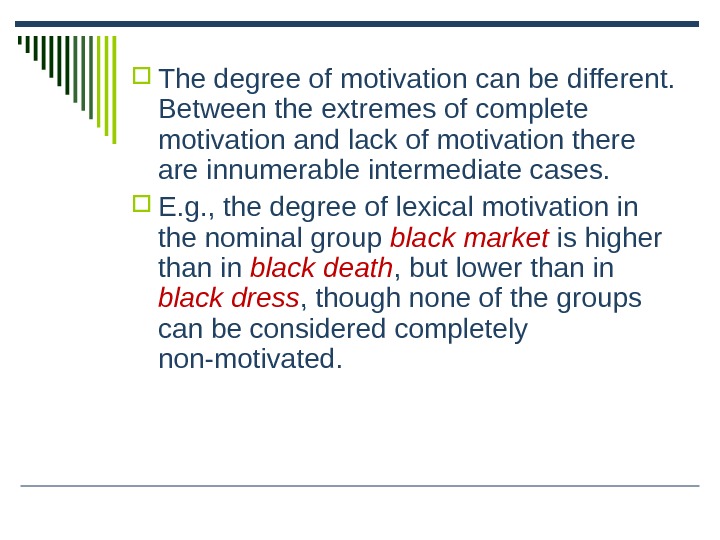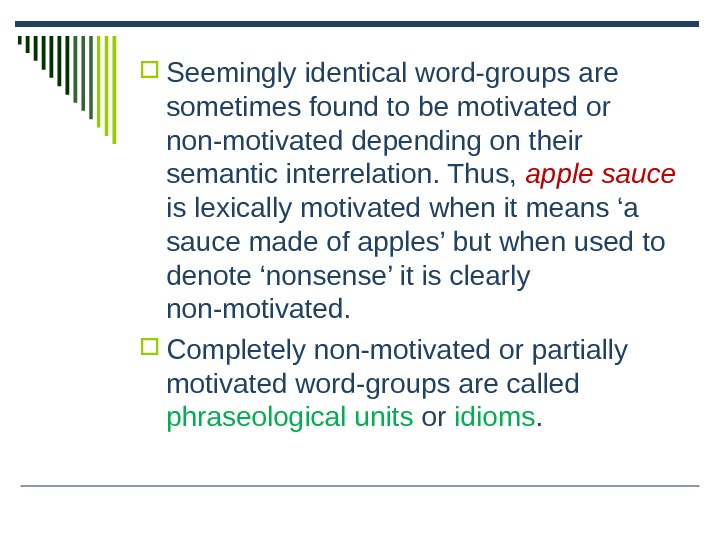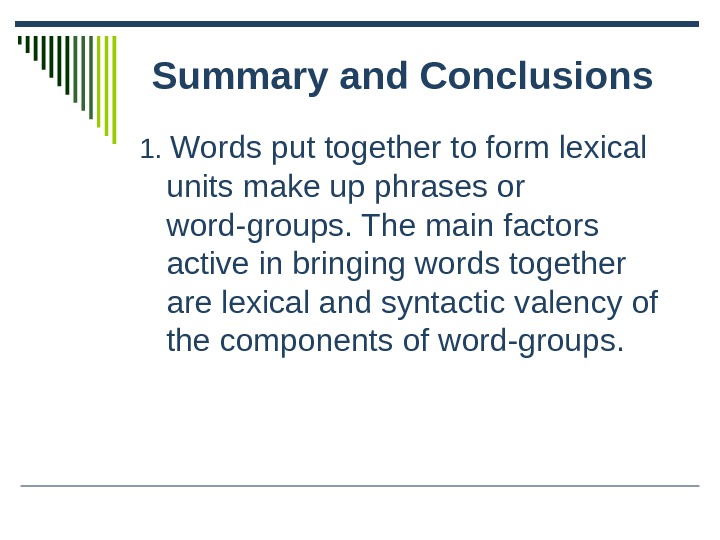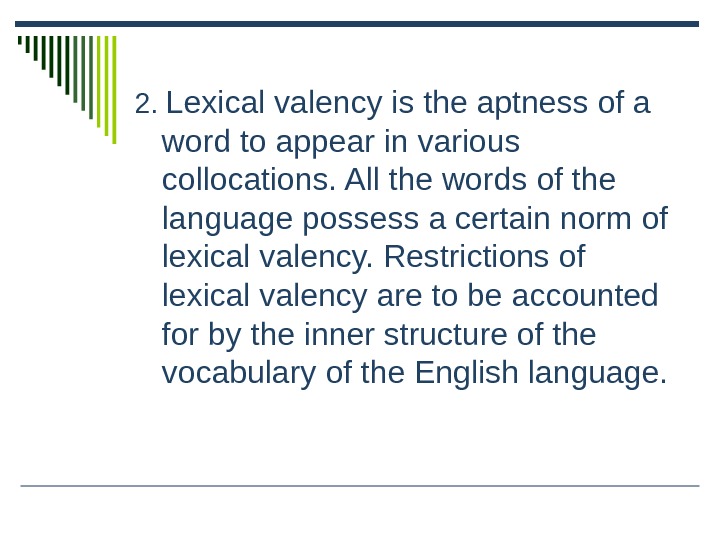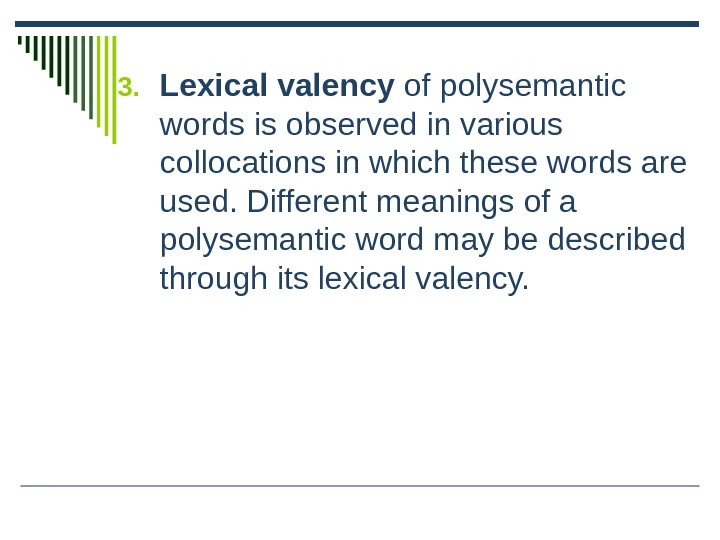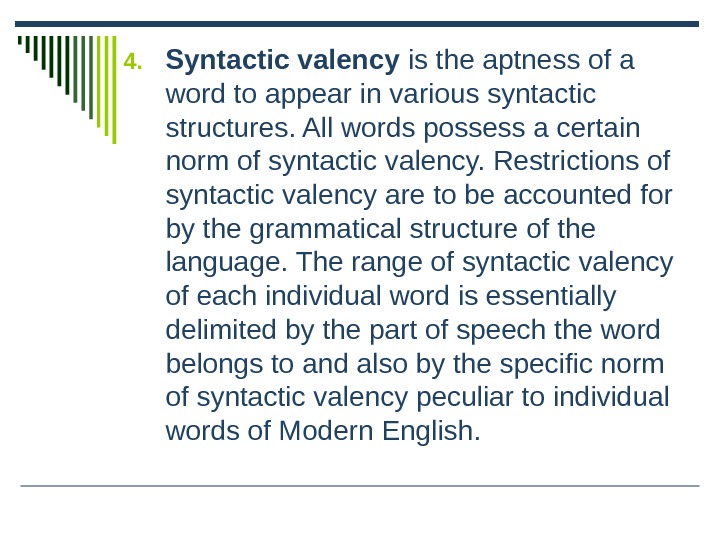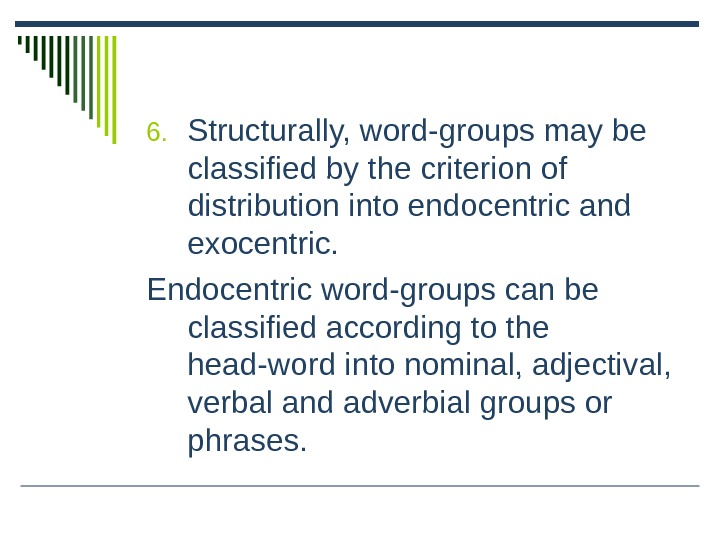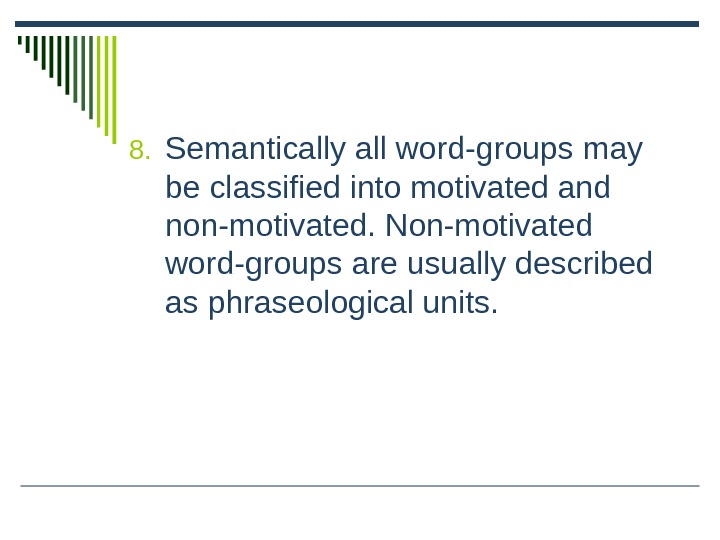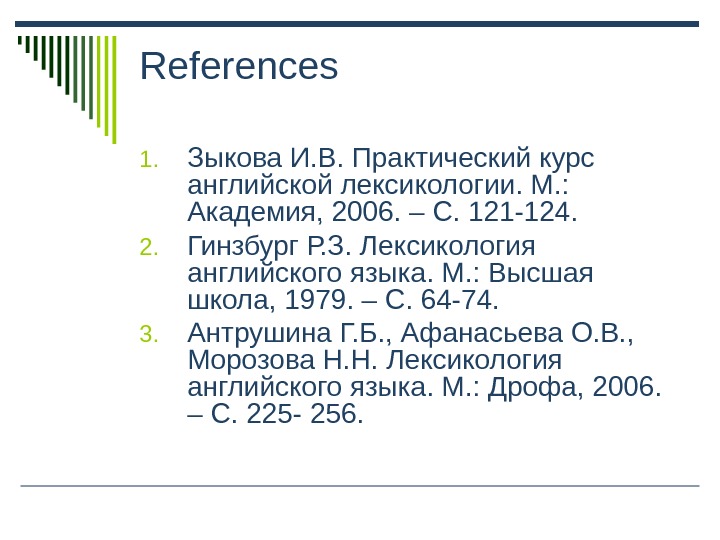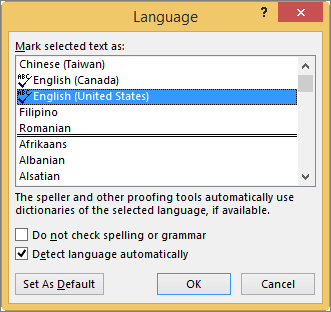Описание задания и ответ[править | править код]
The words in the word boxes describe different activities. Say what activities they describe. Now choose the activity that you like or dislike most of all and describe it in as much detail as you can.
| Phrase | Type of activity | Detailed description |
|---|---|---|
| 1) | ||
| to unlock the door to nature’s secret | It means that nature always has its secrets, but I believe the key to unlocking them is in spending time outdoors and observing wildlife patiently. | |
| to enjoy picturesque places | It means to take some time to explore the outdoors, appreciate its beauty, take plenty of photos and create lasting memories! | |
| to watch birds and animals | It means that you need to be quiet and observe, paying attention to their behavior and the little details. Try using a pair of binoculars if available. | |
| to examine mysteries of plants | Examining the mysteries of plants refers to exploring the various aspects of plant life, such as their growth, structure, and functions. This can include everything from studying a plant’s chemical makeup to analyzing its ecological relationships with other organisms. | |
| to watch the countryside change | Watching the countryside change refers to observing the physical and environmental transformations of rural settings over time. This could include tracking changes in land use, vegetation, wildlife, and human settlement patterns. | |
| to spend a lot of time in the open air | Spending a lot of time in the open air refers to spending time outdoors, typically away from urban environments. This can include activities such as hiking, camping, biking, picnicking, and/or simply enjoying nature’s beauty. | |
| to enjoy a landscape to the full | Enjoying a landscape to the full means taking the time to soak in all of its beauty and atmosphere. | |
| to climb mountains | Climbing mountains is an activity that involves scaling peak heights, often using specialized equipment and techniques. | |
| to sleep out | Sleeping out means camping outdoors, typically in a tent or other shelter. | |
| 2) | ||
| best friends | ||
| to keep/not to keep in cages to feed regularly | ||
| to admire sth | ||
| to take for a walk | ||
| to show to a vet | ||
| to train pets | ||
| to teach tricks |
3.
- to read books about theatre to visit regularly/occasionally to watch performances/ films
- favourite actors/actresses
- a comedy
- a musical show
- a puppet film
- to go to the cinema with sb expensive/cheap seats
4.
- to read about great artists of the past
- to collect books on art
- to learn to draw or paint
- to take lessons of drawing
- to buy paper, brushes, etc. to draw portraits, landscapes to make sketches outdoors
- to go to picture galleries
5.
- the best way to relax1
- to enjoy the beauty of sth
- to spend a weekend in the garden
- to plant flowers, bushes
- to look after
- to water the plants
- a large collection of flowers to be one of life’s greatest pleasures
6.
- to be fond of music
- to collect records and CDs
- to go to concerts
- to play a musical instrument to take musical lessons
- to go in for dancing
- to train regularly
7.
- to collect badges (stamps, post- cards, pictures, books, etc.)
- famous collections and exhibitions
- different collections
- to get some knowledge of history
- to exchange things
- to spend a lot of money and time on sth
- to ask for advice to join clubs
8.
- to learn to cook
- to make new dishes
- to boil/fry meat (fish, chicken) to cook for the family (for your friends)
- to make soups (sauces, desserts)
- to be good at cooking sth
- to use spices (vinegar, oil, pepper, etc.)
- to ask for advice
- to set/ lay the table beautifully to present the food nicely
Перевод задания и ответ[править | править код]
Слова в словарных полях описывают различные виды деятельности. Скажите, какие действия они описывают. Теперь выберите занятие, которое вам больше всего нравится или не нравится, и опишите его как можно подробнее.
|
|
Этот раздел требует полной доработки. Знаете ответ? Тогда Вы можете помочь проекту!
|
Другие задачи учебника[править | править код]
I have already published a detailed post on how to customise your comment boxes/balloons. This issue came up for me the other day, and I wanted to note down some quick instructions. Please note these instructions are for Word 2010 and upwards for Windows and may not work in other versions.
Why are my comment balloons in a different language?
In my case, I was running a final spell-check over a document when I suddenly realised that my comment balloons were in Australian English (I realised this when the spell-checker switched over to Australian English while taking exception to a word I had not, in fact, mis-typed).
Why would this be? Well, the formatting of the comment balloons comes under its own Style, separate from normal text, so at some stage this document, or the computer it came from, or the template the author was using, had come to have Australian English as the comment box language.
How did I get it back to UK English?
How do I change the comment balloon language?
Follow the normal steps for updating the comment balloon style, so get to the styles menu by
- Pressing Control + Alt + Shift + s all at the same time
- Making sure you’re in the Home tab and click on the little tiny arrow at the bottom right of the Styles menu
This gives you the Styles dialogue box.
Using either of these methods, you will bring up the Styles dialogue box.
Click on the rightmost button: Manage Styles to bring up the next box: Manage Styles. To get to Comment Balloons: click on the down arrow to change As Recommended to Alphabetical:
Once you’ve got the list into alphabetical order, find Comment text, and then click on the Modify button.
Click the Format button and choose Language …
And change the language:
And then all the OK buttons to get back.
You can also choose whether this change applies only to this document, or to all documents based on this template, and add it to your Quick Styles list if you want:
Press the OK button, and carry on pressing OK buttons until you get back to your document. Now your comment box language will be whatever you asked it to be!
Why not take a look at these related topics, which should help you further?
Customising comments balloons
What to do if your comment boxes go tiny in Word
What to do if your comment boxes start running from right to left
Customising Track Changes
This is part of my series on how to avoid time-consuming “short cuts” and use Word in the right way to maximise your time and improve the look of your documents. Find all the short cuts here …
Do let me know if this has helped you, saved your bacon, etc. – and do share with the buttons at the bottom of this article.
kedor253
Вопрос по английскому языку:
Choose any five words from the word box. Write them on Card 1 in different squaes.Срочно помогите пожалуйста плиз

Трудности с пониманием предмета? Готовишься к экзаменам, ОГЭ или ЕГЭ?
Воспользуйся формой подбора репетитора и занимайся онлайн. Пробный урок — бесплатно!
Ответы и объяснения 1
ildeyeves4
A pizza restaurant
a toy shop
a hospital
a cinema
a shopping centre
Знаете ответ? Поделитесь им!
Гость ?
Как написать хороший ответ?
Как написать хороший ответ?
Чтобы добавить хороший ответ необходимо:
- Отвечать достоверно на те вопросы, на которые знаете
правильный ответ; - Писать подробно, чтобы ответ был исчерпывающий и не
побуждал на дополнительные вопросы к нему; - Писать без грамматических, орфографических и
пунктуационных ошибок.
Этого делать не стоит:
- Копировать ответы со сторонних ресурсов. Хорошо ценятся
уникальные и личные объяснения; - Отвечать не по сути: «Подумай сам(а)», «Легкотня», «Не
знаю» и так далее; - Использовать мат — это неуважительно по отношению к
пользователям; - Писать в ВЕРХНЕМ РЕГИСТРЕ.
Есть сомнения?
Не нашли подходящего ответа на вопрос или ответ отсутствует?
Воспользуйтесь поиском по сайту, чтобы найти все ответы на похожие
вопросы в разделе Английский язык.
Трудности с домашними заданиями? Не стесняйтесь попросить о помощи —
смело задавайте вопросы!
Английский язык — язык англо-фризской подгруппы западной группы германской ветви индоевропейской языковой семьи.
Checking spelling and grammar in multiple languages can present unique problems, such as correctly spelled words being flagged as incorrect, or misspelled words in a different language not flagged as incorrect. This article addresses common problems and helps you make sure your text is identified with the correct language; that the correct language dictionary is being used to check your spelling and grammar; and that the automated language tools in Office are enabled.
Misspelled words aren’t marked as misspelled
Make sure that:
-
The language that you want is enabled
-
The correct language is applied to the text
-
The correct language dictionary is being used
-
The Detect Language Automatically check box is selected
-
The Automatically switch keyboard to match language of surrounding text check box is selected
-
The Do not check spelling and grammar check box is clear
-
The misspelled word hasn’t been unintentionally added to the custom dictionary
Make sure the language that you want is enabled
To correctly check the spelling and grammar in a different language, the language must be enabled in Office. If you need a language that isn’t listed as an editing language in the Set the Office Language Preferences dialog box, you might need to obtain and install a language pack before you can check the spelling. For more information on how to enable languages in Office, see Add a language or set language preferences in Office and Language Accessory Pack for Office.
Top of Page
Make sure that the correct language is applied to the text
If the spelling checker isn’t checking words that you typed in a different language, or if it marks words in a different language that are spelled correctly as misspelled, the words might be identified with the wrong language.
To manually change the language of particular words or a section of text in Word, do the following:
-
On the Review tab, in the Language group, click Language > Set Proofing Language.
(In Word 2007, click Set Language in the Proofing group.)
-
In the Language dialog box, select the language that you want.
Important: If the language that you want is not shown above the double line, you must enable the language for it to be available to check spelling.
-
Start typing.
Note: To type characters, such as the umlaut in German (ö), the tilde in Spanish (ñ), the cedilla in Turkish (Ç), or even a symbol, such as a check mark, on the Insert tab, in the Symbols group, click Symbol, and then click the character that you want.
-
To switch back to the original language, or to switch to a different language, repeat Steps 1–3. In Step 3, choose the next language.
Top of Page
Make sure that the correct language dictionary is being used
Make sure that the correct dictionary language location is selected for your text—for example, English (United States) instead of English (United Kingdom).
To change the dictionary to a particular language in Word, do the following:
-
On the Review tab, in the Language group, click Language > Set Proofing Language.
(In Word 2007, click Set Language in the Proofing group.)
-
In the Language dialog box, select the language that you want.
Important: If the language that you want is not shown above the double line, you must enable the language for it to be available to check spelling.
Note: If your version of Office does not provide proofing tools, such as the spelling checker, for the language that you want to use, you might need to get a language pack. For more information, see Language Accessory Pack for Office.
To change the dictionary for selected text, do the following:
-
Select the text for which you want to change the dictionary language.
-
On the Review tab, in the Language group, click Language > Set Proofing Language.
(In Word 2007, click Set Language in the Proofing group.)
-
Under Mark selected text as, click the language that you want the section of text to be identified as. If the languages that you use are not shown above the double line, you must enable those languages (turn on the language-specific options) for them to be available.
Top of Page
Make sure that the Detect language automatically check box is selected
To select the Detect language automatically check box in Word, do the following:
-
On the Review tab, in the Language group, click Language > Set Proofing Language.
(In Word 2007, click Set Language in the Proofing group.)
-
In the Language dialog box, select the Detect language automatically check box.
-
Review the languages shown above the double line in the Mark selected text as list. Word can detect only those languages listed above the double line. If the languages that you need are not available, you must enable the editing language to have Word automatically detect them.
Notes:
-
Automatic language detection requires that a sentence of text be written in that language. Depending on the length of your sentences, you might need to type several sentences before Word has enough contextual information to automatically detect the language and apply the correct dictionary.
-
Words that are spelled the same way in several languages, such as «centre» in English (United Kingdom) and French (France) might cause the Detect language automatically check box to incorrectly identify the language of text. To solve this problem, type more words in the language that you want, or clear the Detect language automatically check box.
Top of Page
Make sure that the Automatically switch keyboard to match language of surrounding text check box is selected
The Automatically switch keyboard to match language of surrounding text check box might be turned on and causing typographical errors by changing your keyboard language as you type. Try typing more words in the language that you want, or clear the Automatically switch keyboard to match language of surrounding text check box.
To select the Automatically switch keyboard to match language of surrounding text check box (in Office 2010, Office 2013, and Office 2016):
-
Open Word.
-
Click File > Options > Advanced.
-
Under Editing options, select the Automatically switch keyboard to match language of surrounding text check box.
Note: The Automatically switch keyboard to match language of surrounding text check box is only visible after you enable a keyboard layout for a language. If you do not see this option, enable a keyboard layout for the language that you want to use.
Top of Page
Make sure that the Do not check spelling and grammar check box is clear
If the Do not check spelling and grammar check box is selected, the spelling in your documents is not checked.
To clear the Detect language automatically check box in Word, do the following:
-
On the Review tab, in the Language group, click Language > Set Proofing Language.
(In Word 2007, click Set Language in the Proofing group.)
-
In the Language dialog box, clear the Do not check spelling or grammar check box.
Learn more about checking spelling and grammar in different languages.
Top of Page
Make sure that the misspelled word hasn’t been inadvertently added to the custom dictionary
If a misspelled word was added to a custom dictionary, you need to find and delete the word. For information on how to check a custom dictionary for misspelled words, see Use custom dictionaries to add words to the spelling checker. For information on how to remove a word from a dictionary, see Add or edit words in a spell check dictionary.
Top of Page
The dictionary language that I want isn’t listed in the Language dialog box
The most common reasons for a dictionary language not appearing in the Dictionary language list in the Language dialog box are that the language has not been enabled as an editing language, or it is a language that isn’t included in the installed version of Office and a language pack for that language needs to be installed. For information on how to enable an editing language, see Change the language Office uses in its menus and proofing tools.
Top of Page
Still need help?
Contact us with your question or problem.
More information about spelling and grammar
Check spelling and grammar
Add or edit words in a spell check dictionary
The spelling and grammar checker isn’t working as expected
Add a language or set language preferences in Office
Check spelling and grammar in a different language
- Размер: 211 Кб
- Количество слайдов: 39
